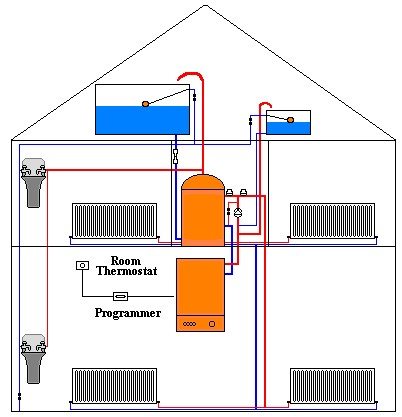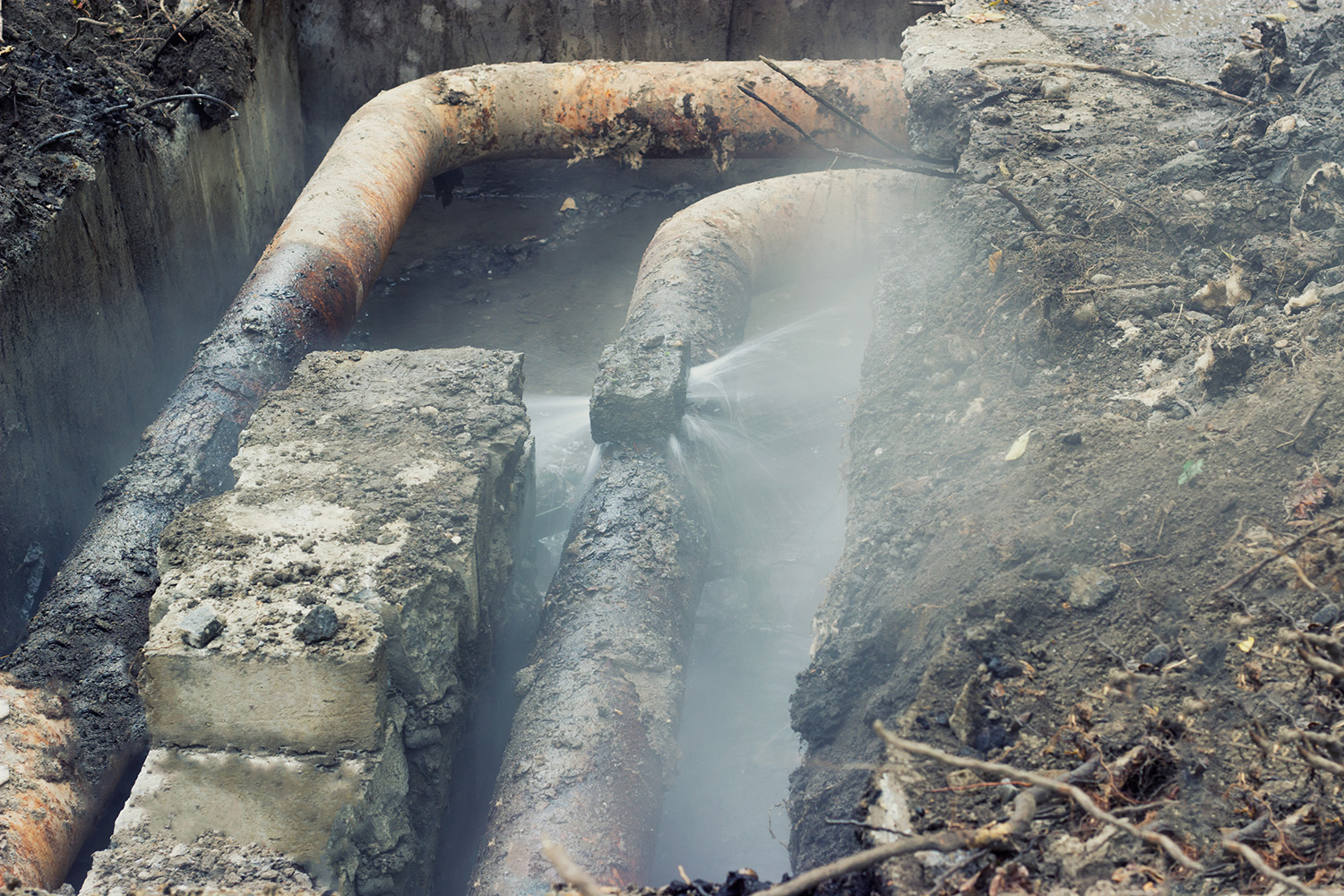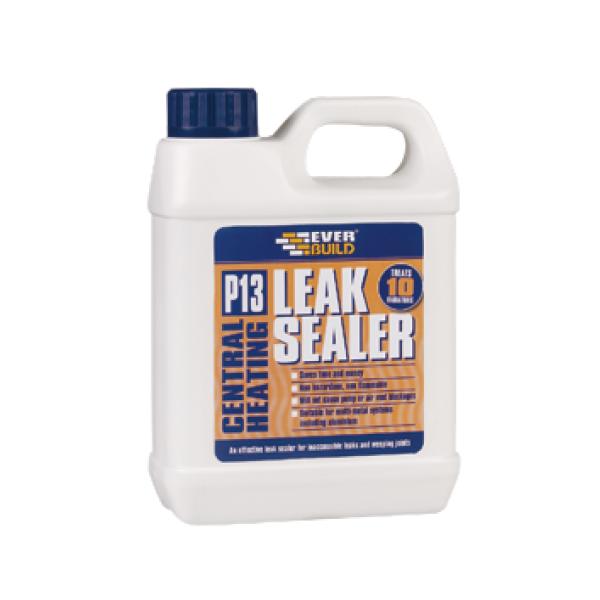From Drips to Calamities: The Relevance of Timely Leakage Discovery
Drip Searching for ==================
When it pertains to leak searching for, you may be shocked at how easily unnoticed leakages can rise into significant issues within your home. From refined drips in the washroom to hidden pipeline leaks behind wall surfaces, the possibility for water damages is huge. Recognizing the indicators and strategies for leakage discovery is not just vital for keeping your property but can also conserve you from costly repairs down the line. So, just how can you assure your home is leak-free and guarded against possible water damage?
Key Takeaways
- Use infrared cameras to identify covert leaks efficiently.
- Conduct water color tests for exact toilet leakage detection.
- Pay attention for hissing sounds to determine toilet leaks.
- Frequently evaluate appliances for leaks and unusual sounds.
- Utilize leak detection tools like acoustic detectors for accurate recognition.
Common Indicators of Leakages

To recognize leaks in your home, take note of typical indicators such as water stains, moldy odors, and unusual boosts in your water bill. Drip detection is crucial in avoiding possible damage and high repair expenses. Water discolorations on walls or ceilings are a clear indicator of a leakage, signaling that water is infiltrating your home. Mildewy smells, particularly in areas like cellars or shower rooms, frequently come with leaks due to the growth of mold and mildew. Furthermore, keep an eye on your water bill for inexplicable spikes, as this can show a hidden leakage that is causing water wastefulness.
Drip prevention begins with recognizing these common signs early. Frequently check areas prone to leaks, such as under sinks, around commodes, and near water heaters. Dealing with leaks quickly can conserve you from comprehensive damages and expensive repair work in the future. By being aggressive in leakage detection and avoidance, you can keep a healthy and effective home setting.
Visual Evaluation Techniques
One reliable way to spot leakages in your house is by carrying out visual inspections making use of a flashlight and eager observation abilities. Begin by analyzing locations vulnerable to leakages such as under sinks, around bathrooms, and near water heaters. Seek indicators of water spots, peeling off paint, or mold and mildew development as these can show potential leaks. In addition, look for any type of unusual odors that might aim in the direction of concealed water damage.
Infrared video cameras can likewise be handy in identifying leaks that are not noticeable to the nude eye. These cams can discover temperature level changes brought on by water leakages behind wall surfaces or ceilings. By scanning the location with an infrared camera, you can determine the resource of the leakage much more precisely.
Dampness meters are another helpful device for visual inspections. These gadgets measure the dampness levels in walls, floors, and ceilings, assisting you determine locations where water may be leaking in. By making use of these aesthetic inspection methods, you can proactively attend to leaks in your home before they intensify into larger issues.
Using Leak Detection Devices
Take into consideration integrating advanced leak discovery tools such as acoustic leakage detectors and ultrasonic devices to find hidden leakages in your house efficiently. Acoustic devices can detect sounds produced by leaks, identifying their place properly. Ultrasonic devices function by identifying high-frequency acoustic waves produced by leaks that are not distinct to the human ear. Infrared electronic cameras can help recognize temperature variants brought on by water leakages, making them useful for detecting hidden concerns behind walls or ceilings. Stress screening includes increasing the stress in the pipes system to determine drops that could show leaks. Dampness meters come in handy tools for measuring the dampness web content in materials, helping in locating water leaks that might not be visible to the nude eye. By making use of these leak detection devices successfully, you can identify and attend to leaks without delay, stopping potential water damage and conserving on expensive repair work in the long run.
Inspecting Water Meter for Leaks
When checking for leaks in your house, start by analyzing your water meter for any indicators of water leak. Your water meter is a useful tool to aid you spot possible leakages at an early stage. To start, see to it all water-usage resources are shut off, such as faucets, sprinklers, sump pumps, and swimming pool systems. When everything is off, bear in mind of the meter analysis. Wait on a few hours without utilizing any water, and afterwards recheck the meter. If the analysis has changed regardless of no water usage, there might be a leakage.

Usual wrongdoers for water leaks consist of tap drips, sprinkler leakages, sump pump malfunctions, and pool overflow. By checking your water meter frequently, you can capture leaks prior to they intensify into even more significant concerns. If you see any type of uncommon fluctuations in the meter readings, it is essential to explore more to pinpoint and settle the leakage promptly.
Checking Out Roofing System Leakages
When checking out roofing leakages, it is very important to recognize common resources of leakages, use effective assessment techniques, and consider repair options. By understanding where leakages typically come from, you can concentrate your assessment initiatives and address problems promptly. Examining repair considerations early on can assist avoid further damages and assure a long lasting solution.
Common Leakage Resources
To identify usual leak resources, beginning by evaluating the roofing system for any visible damages or indications of deterioration. Pay very close attention to the pipeline places on the roofing, as these areas are prone to leakages. Pipes that permeate the roofing system, such as vent pipes, chimneys, or exhaust pipes, can establish leakages in time as a result of aging seals or cracked flashing.
Detection techniques for roof covering leaks include trying to find water spots on the ceiling or wall surfaces inside your house, which can indicate a leakage originating from the roofing system. One more common sign of a leak is water merging on the floor, especially in the attic. Look for missing or harmed roof shingles, as well as broken or weakened flashing around vents and smokeshafts. Seamless gutters that are obstructed or harmed can additionally result in water seeping right into the roof. By meticulously examining these typical leak resources, you can determine the trouble locations and take timely action to avoid further damages.
Examination Techniques
Inspecting for roofing system leaks involves utilizing particular methods to determine the exact place of the concern and address it immediately. To prevent leakages, start by visually evaluating the roofing system for missing out on, harmed, or loose shingles. Seek indications of water damages on the ceiling or wall surfaces inside your home, as these can suggest a leakage. Furthermore, check for any type of gaps or splits around vents, chimneys, and skylights, as these locations are common entry factors for water.
When it pertains to leakage fixing strategies, think about performing a water test where someone sprays water on particular areas of the roofing while one more checks for leakages inside the attic. This approach can assist pinpoint the exact source of the leak. One more reliable technique is using a wetness meter to identify concealed dampness in the roof covering layers, helping in recognizing leakages that are not quickly visible.
Fix Considerations
Begin your examination right into roof covering leakages by very carefully examining the areas around vents, smokeshafts, and skylights for possible resources of water entrance. As soon as you have actually determined the locations where leakages are taking place, it is essential to assess the repair materials needed for fixing the problem. Typical fixing products for roof covering leaks include roof covering concrete, flashing, sealer, and substitute shingles.
When choosing the fixing method, you may opt for DIY repairs if the leakages are minor and workable. Do it yourself solutions can consist of applying roof concrete around vents and smokeshafts, changing damaged blinking, or securing voids with a water-proof sealant. Nevertheless, for much more considerable repairs or if you are not sure concerning the best strategy, it is suggested to look for professional assistance to prevent further damages to your roof.
Keep in mind that timely fixings using proper products are crucial to keeping the honesty of your roof and protecting against even more considerable problems down the line.
Addressing Covert Pipe Leaks
When resolving concealed pipe leaks, your very first step should be to find the resource of the leakage using a leak discovery system. Surprise leakages can trigger major damage if left neglected, so it's necessary to act without delay. To prevent covert leaks, consider carrying out avoidance strategies such as regular assessments and upkeep of your plumbing system.
If you suspect a hidden pipe leakage, you can attempt DIY leak discovery techniques like checking for water stains, mold and mildew growth, or a musty smell. Nevertheless, for even more exact results, it's advised to employ professionals who have specialized devices for leakage detection. Specialist options can consist of utilizing infrared electronic cameras, acoustic paying attention devices, or perhaps stress screening to determine the exact area of the leak.
Keep in mind that addressing concealed pipe leaks promptly can conserve you from costly repair services and water damage. By being aggressive in discovering and repairing leakages, you can keep the honesty of your pipes system and stop prospective calamities.
Evaluating Commode Leaks
Allow's begin by performing a water dye test to recognize any leaks in your bathroom system. Pay attention very closely for any type of hissing audios that might suggest a leakage in the storage tank or supply line. These easy tests can assist you identify the source of the concern and take the required actions to repair it immediately.
Water Dye Examination
To look for commode leaks, attempt making use of a water color test. This simple and cost-effective method can aid you establish if your bathroom is dripping. The dye test is accurate and can conserve you money by detecting leaks early.
To conduct a DIY water color examination, begin by switching off the supply of water to the commode and getting rid of the storage tank lid. Add a couple of drops of food coloring or a dye tablet right into the tank water, then wait for about 10-15 minutes without flushing. If the tinted water seeps into the bathroom dish with no flushing, it shows a leakage.
The benefits of utilizing a water color examination include its ease of usage and quick outcomes. It can determine quiet leakages that are not conveniently obvious, protecting against water waste and potential damage to your home. In addition, dealing with leaks immediately can reduce your water costs and reduce water usage, making it an eco-friendly option. Conducting routine water dye examinations can assist you keep a leak-free bathroom efficiently.
Pay attention for Hissing
You can easily examine for commode leaks by listening for a hissing noise originating from the commode storage tank. By listening diligently and pinpointing leakages, you can swiftly determine hissing audios, assisting in leak detection. To start, ensure the toilet is not being used and there is no other background sound. Placement on your own near the toilet container and pay attention thoroughly for any type of faint hissing sounds. If you discover a constant hissing sound, it is potential that there is a leakage in the tank or its components.

As soon as you have actually identified the hissing sound, you can additionally explore by analyzing the various parts of the commode, such as the flapper, fill shutoff, and supply line. Often, an easy change or substitute of a malfunctioning component can fix the concern and quit the leak. Keep in mind to do this examination periodically to catch any leakages early and stop water waste. Listening for hissing audios is a cost-effective and effective means to spot commode leakages prior to they develop into more considerable issues.
Identifying Appliance Leaks
Finding home appliance leaks is necessary for making sure the safety and effectiveness of your home. To stop leaks, routinely evaluate appliance connections, valves, and pipes for any type of indicators of wear or damage. Additionally, think about mounting leak detectors near appliances that are susceptible to leakages, such as water heaters or washing machines.
If you suspect a device leakage, there are some essential strategies you can utilize to determine the resource. Start by aesthetically checking the device and its surrounding location for any noticeable indications of leakage, such as puddles or water stains. advanced water leak detection techniques You can also use a flashlight to look for leakages in darker areas. Another effective technique is to listen for any unusual audios originating from the home appliance that may show a leak.
When it comes to repairing appliance leaks, it is necessary to deal with the issue without delay to stop further damage. Relying on the severity of the leak, you might require to tighten up links, change defective tubes, or seek specialist aid for extra intricate repairs. Remember, early discovery and prompt repair service of appliance leaks can assist keep a secure and reliable family.
Preventive Maintenance Tips
Regular upkeep routines are vital for avoiding home appliance leaks and making certain the longevity of your household home appliances. To prevent costly water damage and potential carcinogen, prioritize leakage avoidance with positive home upkeep. Checking for leaks routinely can aid you capture issues early, advertising water conservation and conserving you from expensive repairs.
Beginning by inspecting home appliance hose pipes and links for any kind of signs of wear or degeneration. Change them if needed to prevent leakages. Additionally, clear out filters in home appliances like dish washers and washing devices to keep correct water flow and protect against leakages triggered by clogs.
Frequently checking your appliances and pipes components can aid with very early discovery of potential leakages. Try to find puddles of water, dampness, or unusual scents that could indicate a leak. Taking these precautionary upkeep gauges not only safeguards your home from water damage but additionally adds to water conservation efforts. Stay proactive to keep your home appliances in top problem and your home leak-free.
Regularly Asked Questions
Exactly How Can I Tell if a Leak Is From My Neighbor's Home?
To develop if a leak is from your neighbor's residential or commercial property, check for signs like water pooling near the property line or water discolorations on common walls. If the leakage is from your neighbor's side, it may be their responsibility to repair it. Review your insurance protection, as it might assist cover problems brought on by the leak. It is essential to interact with your next-door neighbor and address the problem without delay to stay clear of more damage.
Exist Any Type Of Specialized Tools for Detecting Underground Leaks?
You can utilize leak detection modern technology for underground pipeline evaluation. Specialized tools like ground microphones, acoustic listening devices, and infrared cams can help find leaks precisely. These devices can spot leaks without the need for extensive digging and can identify the precise location of the concern. By making use of these innovative modern technologies, you can effectively recognize underground leakages and address them without delay to stop any kind of additional damages.
Can a High Water Bill Always Indicate a Leakage?
A high water bill can occasionally indicate a leak, but it's not constantly the case. To assure water preservation and prevent unneeded prices, it's essential to perform a pipes examination. Checking your water meter for unusual changes can aid determine potential leaks. If a leakage is identified, timely leakage repair work is essential to avoid additional waste and expenditures. Regular upkeep and alertness can aid you avoid surprises on your water costs.
Is It Possible for Leakages to Happen in Concrete Structures?
In concrete frameworks, keeping concrete stability is essential to prevent leakages. With time, concrete can create fractures or weak points that might bring about possible leakages. Routine maintenances can aid in identifying and dealing with these concerns. To deal with any kind of concrete integrity worries quickly for leakage prevention, it is important. Regular upkeep and aggressive procedures can help maintain concrete structures leak-free and in great condition.
What Should I Do if I Presume a Leakage in My Swimming Pool?
If you believe a leak in your swimming pool, act promptly. Participate in regular pool upkeep to keep your pool in top condition. Resolving leaks early can avoid costly repair services down the line. Speak with an expert for leak repair to assure your swimming pool is properly dealt with. Drip avoidance is vital to conserving water and maintaining a healthy swimming pool environment. Keep aggressive in maintaining your pool to stay clear of future concerns.